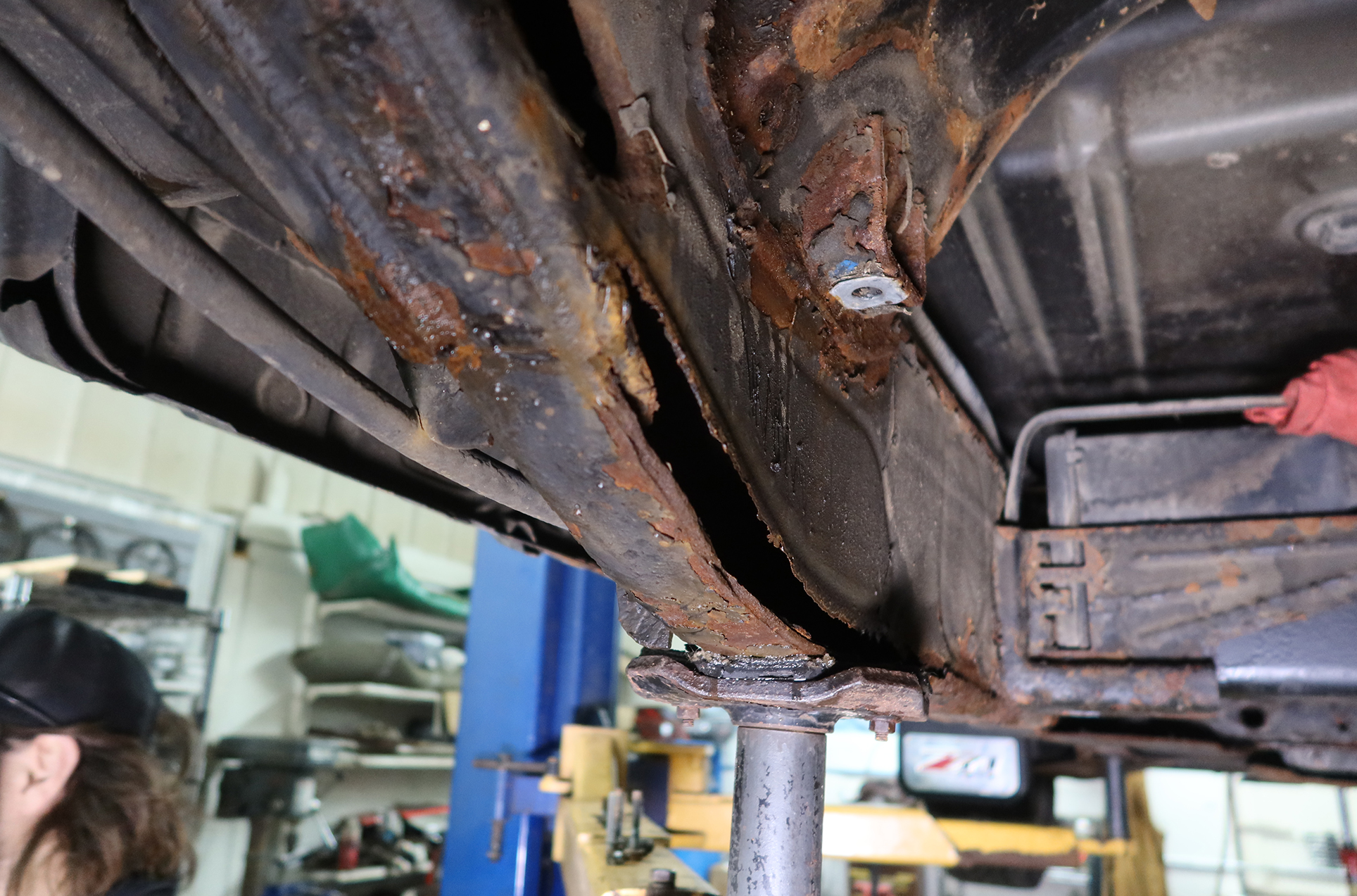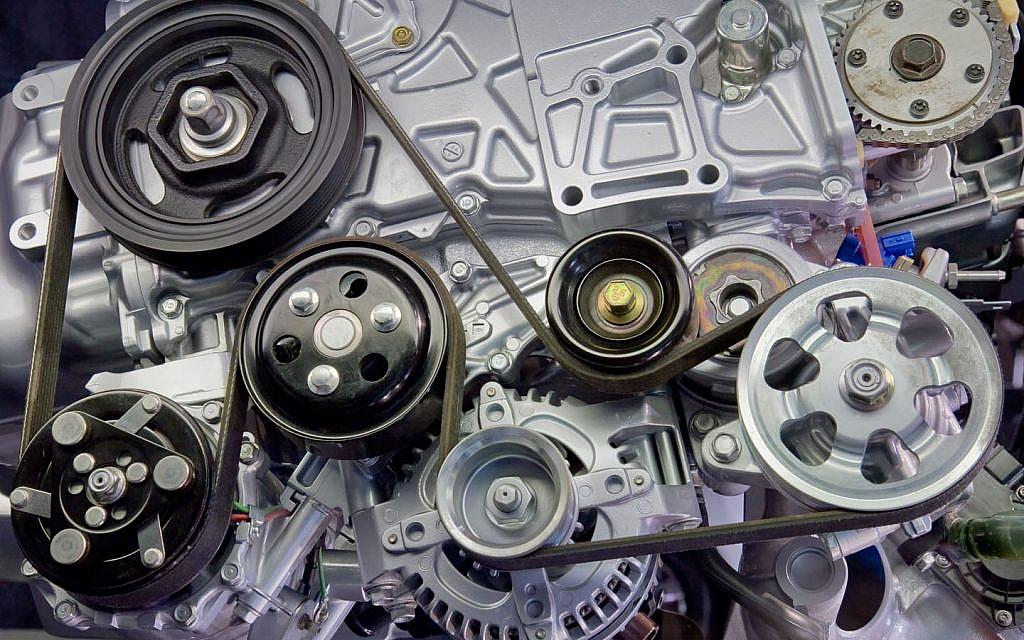My Windshield Cracked for No Reason
Your windshield can crack unexpectedly due to stress from temperature changes or defects. Invisible flaws or elements can lead to sudden damage.
Windshields are integral to vehicle safety, providing structural integrity and clarity while driving. Despite appearing robust, they can sometimes crack without a clear, immediate cause, leaving drivers perplexed. Often, the culprit is a small chip that has weakened the glass over time or extreme variations in temperature that cause the glass to expand and contract.
Variations in pressure, such as when a car passes at high speed, can also stress a compromised windshield to the point of cracking. Understanding these potential triggers is crucial for maintaining your windshield and preventing unexpected cracks. Regular inspections can help identify vulnerabilities before they lead to a full-blown crack, keeping this crucial component intact and ensuring clear visibility on the road.

Credit: miracleagc.com
Sudden Shatter: The Mysterious Windshield Crack
Imagine a day like any other, and your windshield cracks. Out of nowhere. No baseball, no rock from the road. Just a web of lines crawling across your view. It’s not a rare story—it happens, and it baffles many. Let’s explore some reasons why windshields may crack seemingly without a cause.
Weather Extremes And Glass Stress
The temperature roller coaster is a glass breaker. Heat expands; cold contracts—your windshield endures both.
- Sun beats down, the car turns into an oven.
- Cold air blasts, the glass fights to shrink.
Trapped between warm inside air and a freezing outside blizzard, stress points emerge. The windshield gives in, leading to a surprising crack.
Subtle Pre-existing Flaws
Flaws hide within the windshield’s edges, unseen to the naked eye. These microscopic tendencies await their moment.
A nick from a road pebble or a slight ding from a hailstorm, seemingly harmless, can cause weak points. Over time, this damage grows sneakily beneath the surface, unnoticeable until it suddenly splits. Regular inspections help find these flaws early.
Invisible Culprits: Microscopic Factors At Play
Ever walked up to your car and noticed a crack on your windshield? You’re not alone. Many car owners experience this sudden mishap. Often, the cause of a windshield crack remains unseen to the naked eye. Let’s explore the invisible culprits at play and uncover the microscopic factors that could lead to the unexpected damage of your car’s windshield.
Manufacturing Defects: Hidden Imperfections
A perfectly looking windshield might not be flawless. At a microscopic level, manufacturing defects can exist. These imperfections are often too small to detect during quality checks. Over time, these hidden flaws can grow into visible cracks, even without any external impact.
- Irregular Glass Distribution: Uneven thickness can cause weak spots.
- Tiny Air Bubbles: Small air pockets may reduce structural integrity.
- Substandard Materials: Lower quality glass can be more prone to damage.
Thermal Expansion: The Science Of Sudden Cracks
Heat plays a huge role in the health of your windshield. Glass expands and contracts with change in temperature. This process, known as thermal expansion, can result in sudden and unexpected cracks. Factors such as direct sunlight, temperature swings, or even your car’s heater can stress the glass.
| Temperature Change | Effect on Windshield |
|---|---|
| Hot Weather | Expansion causes stress on existing weak points. |
| Cold Weather | Contraction can lead to cracks at vulnerable spots. |
| Quick Fluctuations | Rapid changes can result in immediate damage. |
The balance between hot and cold is delicate. When this balance is disrupted, the glass can fracture. Regularly parking in a shaded area and gradually adjusting your car temperature can help manage the stress on your windshield.
External Forces: Considering External Factors
Sometimes your windshield might crack, seemingly without reason. External factors often play a significant role in these sudden damages. Let’s explore how unexpected elements could be the real culprits behind your windshield’s distress.
Road Debris And Pebble Impacts
Ever driven behind a truck and heard a sharp ‘tick’? That’s likely a pebble, kicked up and launched at high speed towards your car. Small rocks, bits of concrete, or various debris can strike your windshield without warning.
- Fast-moving vehicles amplify the force of impact.
- Sudden temperature changes can make glass more susceptible.
- Even tiny debris can cause significant damage over time.
While your windshield is designed to withstand impacts, it has its limits. Regular inspections help spot minor damages before they become big cracks.
Vehicular Dynamics And Glass Pressure
It’s not just what’s outside that counts. The way your car moves and flexes also affects your windshield.
| Car Aspect | Effect on Windshield |
|---|---|
| Speed | Increases pressure against the glass. |
| Corners and Bumps | Can cause the frame to flex. |
| Heavy Loads | Alter vehicle dynamics, adding stress. |
Pressure fluctuations and frame changes can create enough stress to crack a windshield. Avoid sudden jarring motions and maintain a steady speed to reduce risk.
Preventing Spontaneous Cracks: Maintenance And Care
Windshield cracks can appear without warning. Yet, many are preventable. Proper maintenance and care reduce these risks significantly. This section covers helpful strategies to keep your windshield in top condition.
Regular Inspections For Early Detection
Staying ahead of windshield damage is crucial. Regular inspections spot small issues before they grow. Technicians look for:
- Chips that can spread
- Edges with signs of wear
- Impact points from debris
By catching these signs early, you can take action. Fixing chips oftentimes prevents bigger cracks.
Protective Measures: Tinting And Films
Extra protection can shield your windshield from damage. Here are two options:
| Tinting | Films |
|---|---|
| Reduces UV exposure and heat | Provides a strong, clear layer |
| Can prevent temperature-related cracks | Helps stop cracks from spreading |
Selecting the right tinting or film adds resilience to your windshield. Consider these measures to extend its lifespan.
Repair Or Replace: Addressing The Crack
Suddenly notice a crack in your windshield? This perplexing issue leaves you with a critical decision: repair or replace. Safety is the priority. A small crack may qualify for a quick repair. A large crack usually means a full replacement. Assess the damage size, location, and type before choosing.
Navigating Insurance And Warranties
Check your insurance policy for coverage details. Windshield damage is often covered under comprehensive plans. Your policy may dictate whether to repair or replace. Have your policy number ready and contact the insurance company directly for clarity. Remember, claims may affect your future rates.
Warranties can affect decisions. Some warranties may void if unauthorized services repair the glass. Always confirm with the provider before proceeding. Ensure you understand the terms to avoid unexpected costs.
Choosing Professional Services For Safety
Never compromise on safety. Choose a certified technician for windshield services. Look for establishments with positive reviews and verified technicians. Here’s why professional service is essential:
- Expert Assessment: Professionals evaluate the damage accurately.
- Quality Materials: They use high-grade glass and adhesives.
- Correct Installation: Proper fit and installation are crucial for safety.
- Warranty Security: Professional repairs often come with service warranties.
Selecting a reputable service ensures your windshield is restored to the highest safety standards.

Credit: www.mrgoglass.com
Frequently Asked Questions Of My Windshield Cracked For No Reason
Can Weather Cause A Windshield To Crack?
Sudden temperature changes can stress the glass, leading to cracks. Cold weather shrinks it, while hot sun expands it. This expansion and contraction can cause cracks when the glass is weakened.
How Do I Prevent Windshield Cracks?
Windshield cracks can be minimized by avoiding extreme temperature changes. Use a sunshade or park in the shade during summer. In winter, warm up your car gradually. Maintain a safe distance from construction vehicles to avoid flying debris.
What Should I Do If My Windshield Cracks?
If your windshield cracks, cover it with clear tape to keep it clean. Avoid temperature extremes and jarring movements. Schedule a repair or replacement immediately to ensure safety and prevent the crack from spreading.
Is Driving With A Cracked Windshield Safe?
Driving with a cracked windshield can be unsafe. Small cracks might not compromise safety if they are out of the driver’s line of sight. However, larger cracks can reduce structural integrity and visibility. Always assess and repair promptly.
Conclusion
Sudden windshield cracks can be perplexing and stressful. While unexpected, factors like temperature shifts or unseen defects might be at play. Regular check-ups and prompt repairs ensure safety and prevent costly replacements. Trust experts to assess and address any auto glass issues swiftly for peace of mind on the road.
Drive safe!






